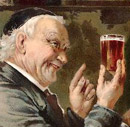 The Great American Beer Festival has added two more categories – actually one category and one sub-category – for sour beers in the 2007 competition.
The Great American Beer Festival has added two more categories – actually one category and one sub-category – for sour beers in the 2007 competition.
American-Style Sour Ales will compete with German-Style Sour Ale (Berliner Weisse) in Category 13. Wood- and Barrel-Aged Sour Beer (Category 16) “is aged with the intention of imparting the particularly unique character of the wood, the micro flora present in the wood and/or what has previously been in the barrel.”
Would you call that beer terroir?
Changes and additions for the competition at listed at the GABF website (scroll down to “Letter from the Competition Director”). They include both “small” and “big” beers. A category was added for Other Low Strength Ale or Lager, basically balancing Other Strong Ale or Lager. And the Imperial Stout category now includes a sub-category for American-style Imperial Stout.
Director Chris Swersey’s letter detailing the changes is interesting for another reason.
As long as I’ve been going to the GABF (only 14 years) there’s always been sniping about brewers making special batches for the competition, with added pop (more alcohol, more hops) to stand out in the blind judging. That’s the background. Here’s the message.
During the past four years, the style descriptions for the American-style pale ale family of beer styles have evolved to the point that the essential differences reflect alcoholic strength more than any other single quality. We have received numerous comments from brewers, judges, and consumers, which indicate that there is confusion regarding the alcoholic strength of beers entered in particular categories, with respect to the brand name of the beers themselves. For example, a brewery could intentionally under-enter a strong pale ale in the pale ale category, with the idea that the beer might outclass the competition.
The GABF has no intention of policing entries for compliance by alcoholic strength. Analyzing entries is impractical and expensive, and more importantly, this role would subvert the function of the judge panel. Over the years, the judge panel has told us what makes great beer, and we plan to continue to let them. With this in mind, the judge orientation this year will include a taste calibration session that focuses on alcoholic strength, along with a reiteration of the comments that we have received regarding alcoholic strength. Please be sure to enter your beers in the appropriate category based on alcoholic strength as well as other factors.
That pretty much speaks for itself.
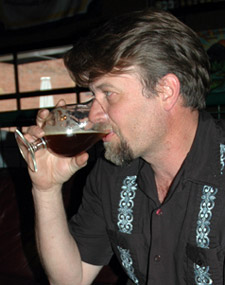 Don Younger is going to stop by. Will you?
Don Younger is going to stop by. Will you?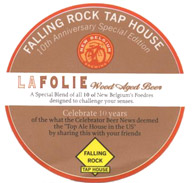 The beers are all locally brewed, and Black helped in production of several. For instance, Saturday he’ll be pouring a batch of La Foile he helped blend. New Belgium Brewing typically uses beer from two or three of its 10 foders (four 60- and six 130-hectoliter wood tuns) for a La Foile release. Black sat down with Eric Salazar of New Belgium to taste samples from all 10 tuns, and together they came up with a special batch.
The beers are all locally brewed, and Black helped in production of several. For instance, Saturday he’ll be pouring a batch of La Foile he helped blend. New Belgium Brewing typically uses beer from two or three of its 10 foders (four 60- and six 130-hectoliter wood tuns) for a La Foile release. Black sat down with Eric Salazar of New Belgium to taste samples from all 10 tuns, and together they came up with a special batch.
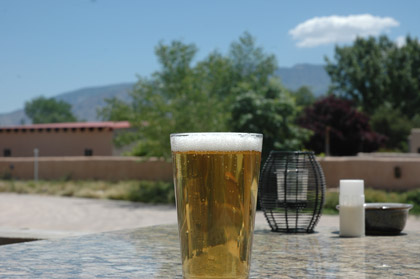
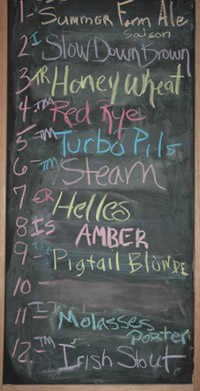 When we started
When we started 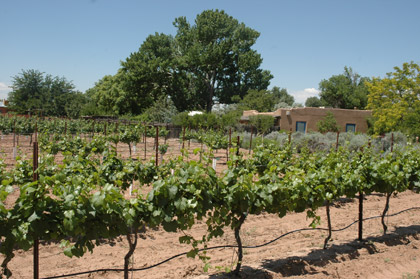
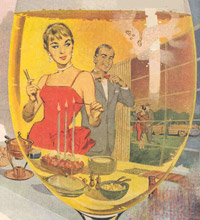 Here’s a multiple choice question:
Here’s a multiple choice question: